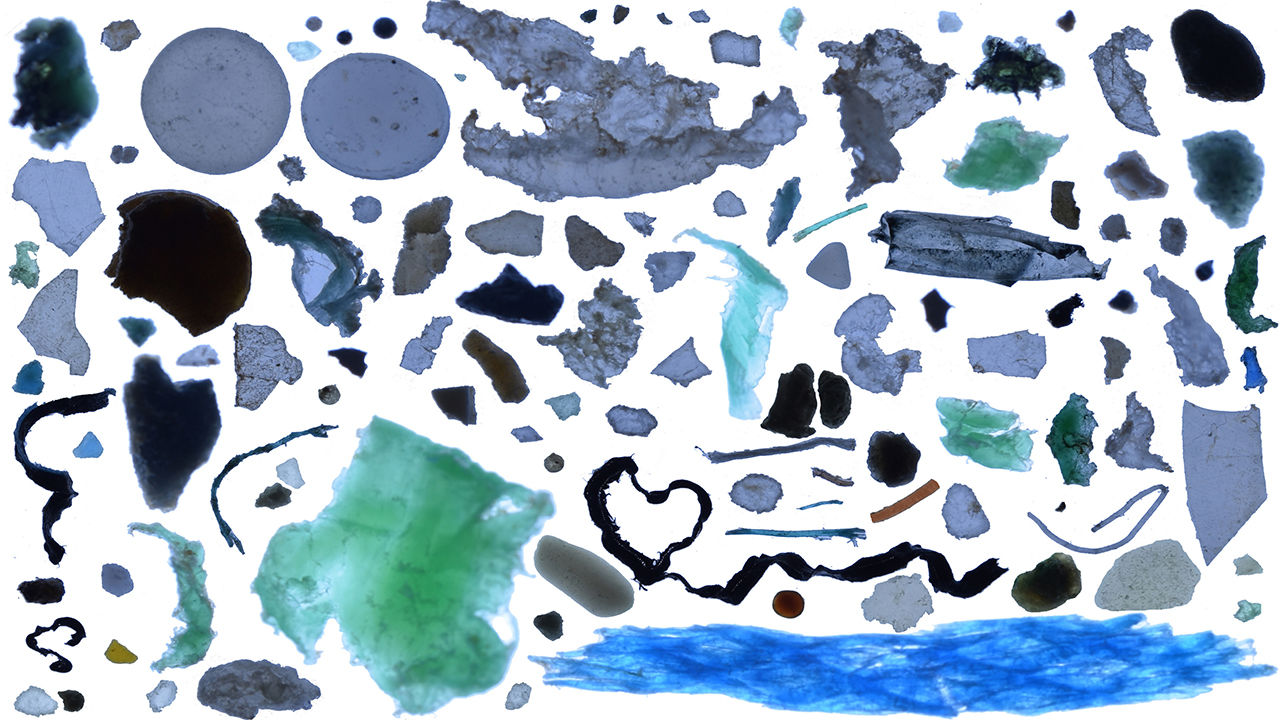Research on ocean plastic surging, U.N. report finds
15 juin 2021
15 juin 2021

Plastic winds up everywhere—from the top of Mount Everest to remote corners of Antarctica. Every year, millions of tons of discarded plastic also wash into the ocean. Some of it floats in giant garbage patches, whereas other bits drop to the sea floor, even turning up in the hindguts of crustaceans in deep ocean trenches.
Research about ocean plastic is swelling, too, from just 46 papers in 2011 to 853 in 2019, according to a U.N. report published today on the state of global science. This year’s edition of the report, which UNESCO publishes every 5 years, found that the growth in ocean plastic research outstripped that of the other 55 development-related topics it tracked . “It has really skyrocketed in recent years,” says Erik Van Sebille, an oceanographer and climate scientist at Utrecht University who uses plastic particles as tracers to study the ocean’s dynamics.
Carmen Morales, an ecotoxicologist at the University of Cádiz’s Marine Litter Lab, says plastic is more conspicuous than contaminants such as metals or organic compounds, and it draws more attention from the public and policymakers. “It’s an eyesore to have all this plastic on beaches,” adds Bart Koelmans, an aquatic ecologist at Wageningen University. “For many people, that is enough to be concerned.” Scientists are delving into where the plastic comes from, where it goes, and how it affects the environment and human health.
But gaps remain in the research. Journals “still get many papers dealing with exactly the same topics: the presence of plastic on beaches, on the seabed, or in animals, but not [many] about sources or solutions,” says Ángel Borja, a marine ecologist at the AZTI research centre in Pasaia, Spain.
In a study published today, Morales pinned down sources by combining data from scattered studies into an inventory of 12 million litter items larger than 2 centimeters. Her team found that takeout food and drink packaging was the most pervasive: Single-use bags, bottles, containers, and wrappers accounted for 44% of all waste across environments.
Source : Science and Policy